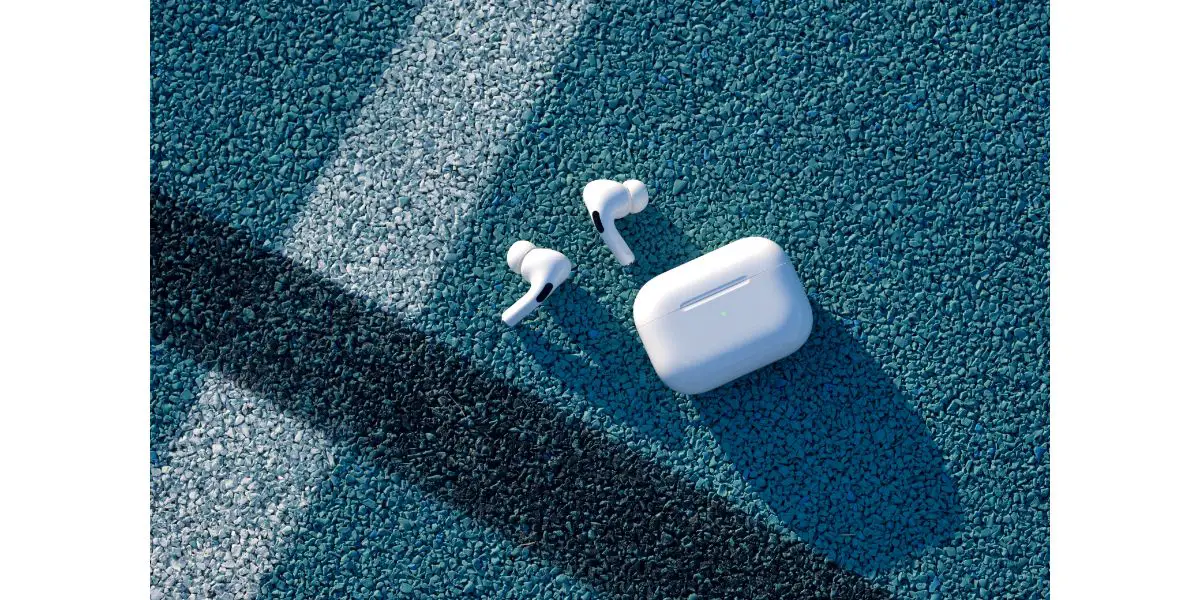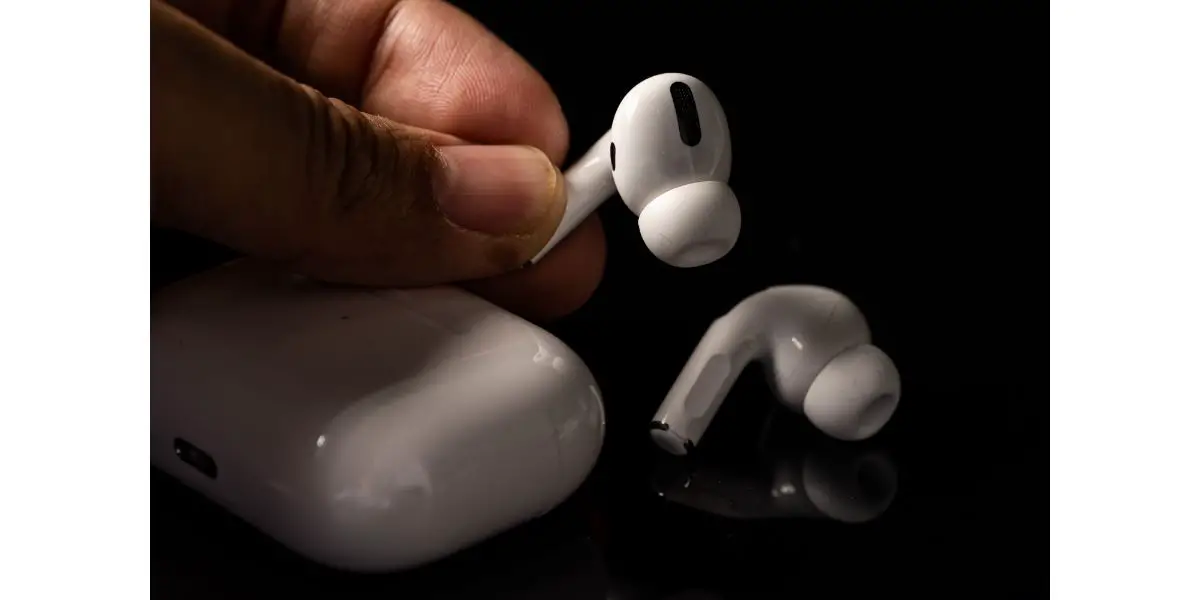Disclaimer: This post may contain affiliate links, meaning we get a small commission if you make a purchase through our links, at no cost to you. For more information, please visit our Disclaimer Page.
One of the great things about Airpods is that you can accept calls without having to disconnect them first because they have built-in microphones. From time to time, you might notice that people can’t hear you when using your Airpods.
Table of Contents
Why People Can’t Hear You on Your Airpods
There are several reasons people can’t hear you on your Airpods, so the first step to fixing the problem is to figure out the underlying cause.
Below are some main reasons the microphone on your Airpods might not work correctly.
There Could Be Interference With Other Bluetooth Devices
Today, people use Bluetooth daily for different things, including:
- Connecting to speakers
- Connecting to headphones/Airpods
- Sending and receiving files over short distances
As a result, the device your Airpods are connected to might also be connected to a different Bluetooth device. While this doesn’t always cause issues, it can sometimes cause interferences.
For example, you might not realize that you have a separate speaker or microphone connected to your device and that your Airpods cannot connect.
Then, the microphone won’t work when you try to make a call with your Airpods in, the microphone won’t work. Devices on the same frequency (2.4 GHz) can also cause disturbances that may affect the microphone, so try to stay away from Bluetooth devices to see if the issue is resolved.
Wi-Fi also sometimes utilizes the 2.4 GHz band, which can cause issues.
The Airpods Need To Be Disconnected and Reconnected
Sometimes, unexplained glitches or errors can be resolved by simply placing the Airpods back in their case, waiting a few seconds, and taking them out again to connect them.
If you’ve only now noticed that the microphone isn’t working, you may need to disconnect the Airpods to fix the issue. It may also be a good idea to make the device forget your Airpods by going to the Bluetooth settings and selecting “forget this device.”
Once you reconnect the Airpods, check to ensure the microphone is working. If it’s still not working, consider other possibilities and tips in this guide.
The Airpods Are Dirty
Airpods will likely accumulate debris and dirt over time, primarily if you use them frequently. The microphone on your Airpods may have some dirt lodged inside, meaning it can’t pick up sounds when you speak.
The microphone is on the bottom of each Airpod, so check the area of each one to make sure there isn’t a buildup of dirt.
One or Both Airpods May Be Broken
If you’ve tried disconnecting, reconnecting, and checking for dirt, but none of those things is the problem, your Airpods might be broken and need repair.
It may also be possible that only one Airpod is broken, which can affect the microphone. The left and right AirPods have microphones, but only one can be used at once. You can choose which Airpod uses the microphone in your settings to see if it helps.
Depending on your warranty, you might be able to get your Airpods repaired free of charge. However, if you’ve had them for a few years or don’t have insurance, you’ll have to pay for a repair.
If the repair is rather costly, getting a new pair is a better idea and generally more hassle-free.
4 Easy Fixes for Fixing Airpod Microphone
In the above sections, I discussed why your Airpod microphones might not work. In this section, I’ll discuss some easy fixes that should have your Airpods working again in no time!
1. Disconnect Other Bluetooth Devices
Consider disconnecting other Bluetooth devices that might be interfering with your Airpods. It is also good to forget all your Bluetooth devices in the settings menu to ensure nothing will reconnect automatically.
Once your Airpods are the only things connected, test the microphone to see if it works. It’s also a good idea to stay outside the range of other Bluetooth devices (like smart speakers) to avoid interference.
Consider walking outside to test the microphone, as there likely won’t be many Bluetooth devices within range outside your home. If none of these solutions work, interference and other Bluetooth devices probably aren’t causing your issues.
2. Gently Clean the Airpods
After examining the bottom of each Airpod (where the microphones are), you might notice dirt. In that case, clean the Airpods gently using a microfiber cloth.
It’s generally OK to use a damp cloth if the microphones are particularly dirty, but make sure it’s barely damp and not too wet.
Although many Airpod generations are water resistant, they are not waterproof, so a cloth that’s too wet can cause plenty of damage if you’re not careful.
Once you’ve wiped the AirPods, dry them with a clean cloth, ensuring to only use them or put them back in their case when they’re entirely dry.
3. Change the Microphone Settings
Since you can only use the microphone in either the left or right Airpod (but not both at the same time), it’s a good idea to check the settings to see which side is using the microphone. If the microphone is set to the right Airpod, change it to the left and vice versa.
If it’s set to automatic, change it to the left or right to see if it makes a difference. For example, change it to the right Airpod first, and if that doesn’t work, change it to the left. If neither option works, the microphone could be damaged.
4. Contact Apple Support if the Microphone Is Broken
After trying everything without success, it might be time to contact Apple support for guidance. If you purchased your AirPods in the last year, you should be covered under the one-year warranty Apple offers.
Even if you don’t have a warranty, it’s good to contact customer service so that they can guide you on what to do next. Don’t bring your Airpods to an unlicensed Apple vendor/repairer, as they may cause further damage or void any warranty you may have.
Conclusion
There are several reasons why people might not be able to hear you on your Airpods. After reading this article, you should be able to figure out what the issue is and the best course of action.


